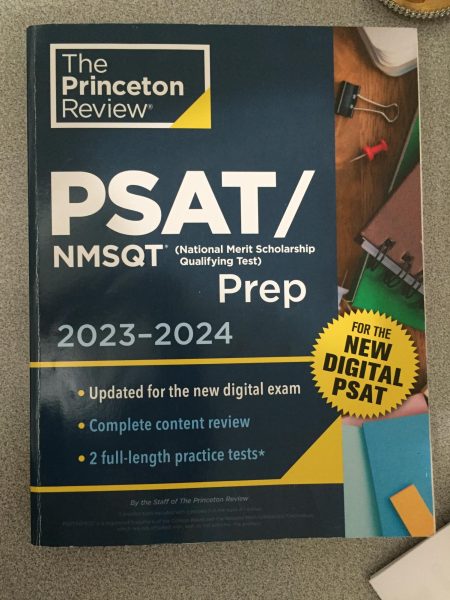Schooling across the globe
SEKOLAH. ‘Sekolah’ in Malaysian language means school. Students there lead a very different life from the students here as the education systems differ greatly. One major difference is the routines itself. “I prefer teachers moving from one class to another because I think students waste more time moving, and students in my school love wasting time,” said Sithi Sahana, a student of an international school in Malaysia.
Malaysia is known for its natural scenic views, as well as its vacation sites. But, what are the education and normal lives of Malaysians living in the country?
The schools in Malaysia range from public to private and international, but their general composition of systems and daily routines are similar.
One interesting thing is that students are separated in batches, according to their grades, and are given a classroom to stay inside for the whole day. Then, the teachers will move from class to class. However, for Physical Education (PE) and Language classes, students have to move out of their classes.
In these schools, unlike those in the US, students are taught all subjects together. Essentially, one student would learn chemistry, biology, and physics at the same time. The level of difficulty increases as the students reach a new academic year.
“I liked the aspect that Malaysian schools try to establish well-rounded characters exposed to a myriad of subjects,” said Daniel Leong, 11, who moved from Malaysia to the US and has experienced schooling there.
Another major difference is that in some schools, Bahasa Melayu, the national language of Malaysia, is required because every Malaysian citizen must take it. And because public schools mostly consist of national citizens, it is a compulsory language for them.
In international or private schools, they offer more languages like Mandarin, French, Sanskrit, Hindi or Tamil, from which they can choose. Other than that, students do not get to pick their own courses at all, everyone must take all classes.
“Both systems are hard, but I think learning all subjects at once will be confusing, so it’s harder,” said Sithi Sahana, a student of an international school in Malaysia.
Due to a large number of students in public schools, the system is based on a two-session timing. This means that some students attend the first session from 7 a.m. to 2 p.m., while others go to the second one until 7 p.m.
In total, Malaysian students have holidays up to 11 weeks in the school year starting from early January to late November.
But, this is not all. Some private and international schools in Malaysia even provide US and UK based curriculums, which are quite popular among expats.
This diverse and varied education curriculums offer the opportunity to many expats, along with their families to move to Malaysia, without much struggle.
Sources:
Your donation will support the student journalists of Sycamore High School. Your contribution will allow us to purchase equipment and cover our annual website hosting costs.




![Mock Trial members from Gold and Green team last year pose for a picture in front of the OCLRE building in Columbus. "We all put in so much work [last] year. I know [this] year we’ll come back improved and ready to win!” said Ogunbodede.](https://shsleaf.org/wp-content/uploads/2025/10/IMG_4121-600x411.jpg)


